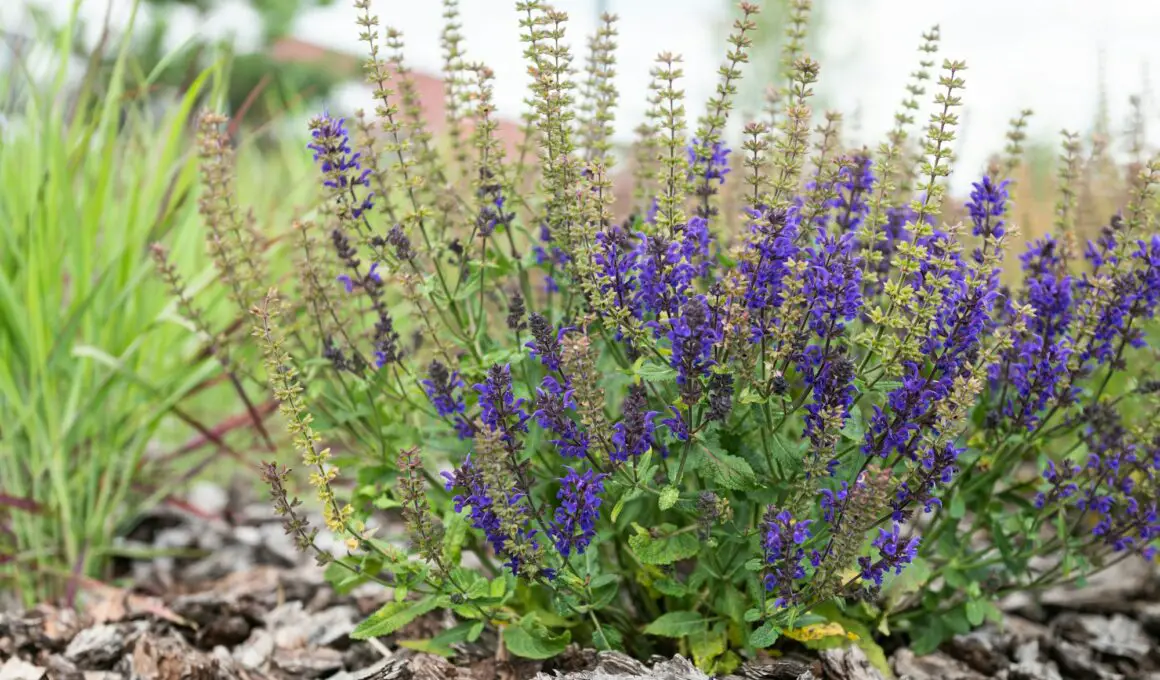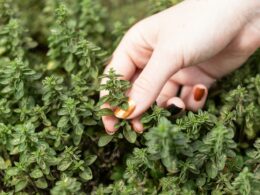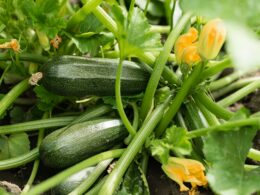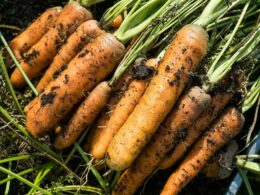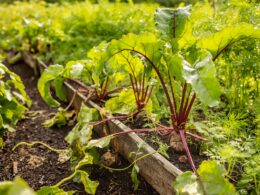In This Article Show
With over 13 years of gardening experience, I’ve come to appreciate the nuanced journey of growing lavender from seed to bloom. Lavender, with its enchanting fragrance and stunning purple hues, isn’t just a garden favourite; it’s a plant with deep roots in history, used for centuries in cooking, medicine, and aromatherapy.
Understanding the growth stages of lavender is crucial for anyone looking to cultivate these plants successfully. Whether you’re a beginner gardener or someone with a bit more experience under their belt, knowing what to expect at each stage of your lavender’s life can make all the difference in achieving vibrant blooms and healthy plants.
In this article, we’ll cover everything from selecting the right lavender variety for your garden to navigating the plant’s growth stages, and all the care tips in between. Lavender isn’t just a beautiful addition to your garden; it’s a versatile plant that, when properly tended, can provide you with a wealth of benefits.
Growth Stages of Lavender
Growing lavender is a journey full of anticipation and rewards. Each stage of growth brings its own set of requirements and joys. Let’s walk through these stages, from germination to post-bloom care, to ensure your lavender thrives.
1. Germination Stage
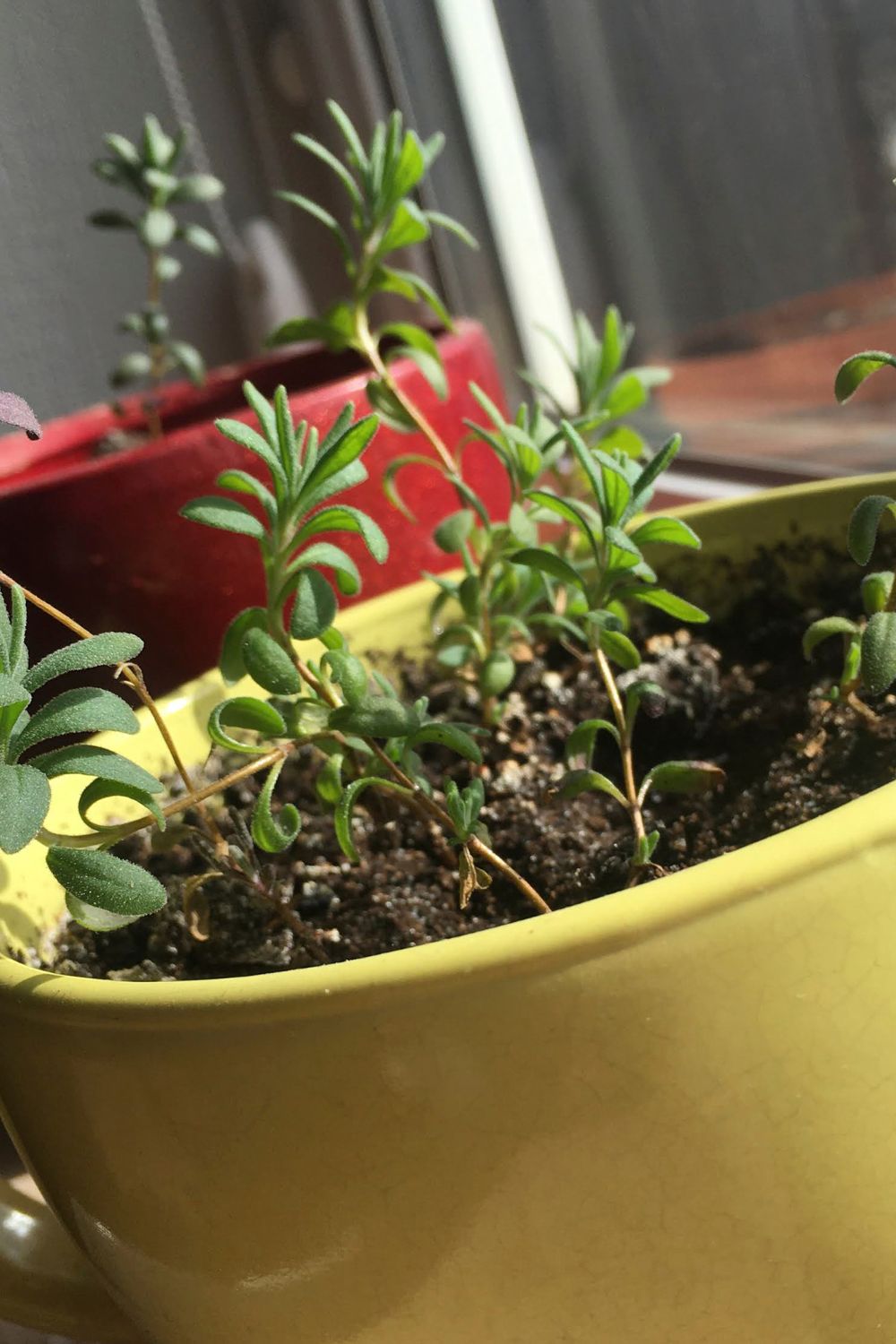
Lavender seeds are notorious for their slow and sometimes uneven germination. This process can take anywhere from 2 to 4 weeks, sometimes longer, depending on the variety and conditions. For success, maintain a consistent temperature of around 70-75°F (21-24°C) and ensure the seed starting mix is lightly moist but not waterlogged.
Light is crucial for lavender germination, so place your seeds in a bright spot or use a grow light. Patience is key here. Don’t be discouraged if germination takes time.
Get Gardening For Beginners
Our new EBOOK shows newcomers and green thumbs alike a step by step guide to growing the garden of their dreams.
2. Seedling Stage
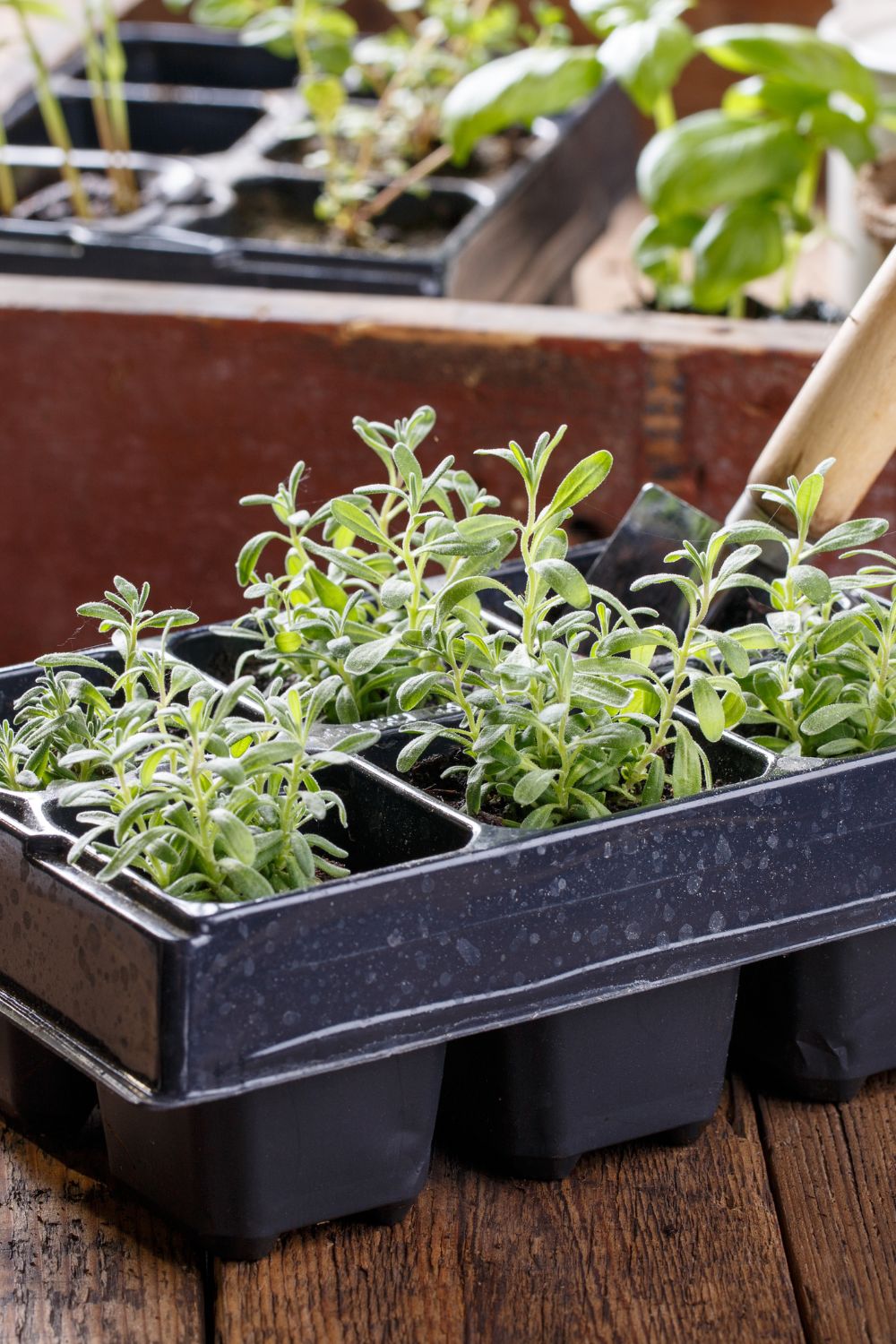
Once your lavender seeds sprout, you’ll enter the seedling stage. These young plants are delicate and require careful attention. Lavender seedlings need plenty of light; if you’re growing them indoors, 16-18 hours of light per day is ideal.
Water them from below to encourage strong root growth and avoid overwatering, as lavender does not enjoy wet feet. This stage is crucial for building the foundation of healthy plants.
3. Vegetative Stage
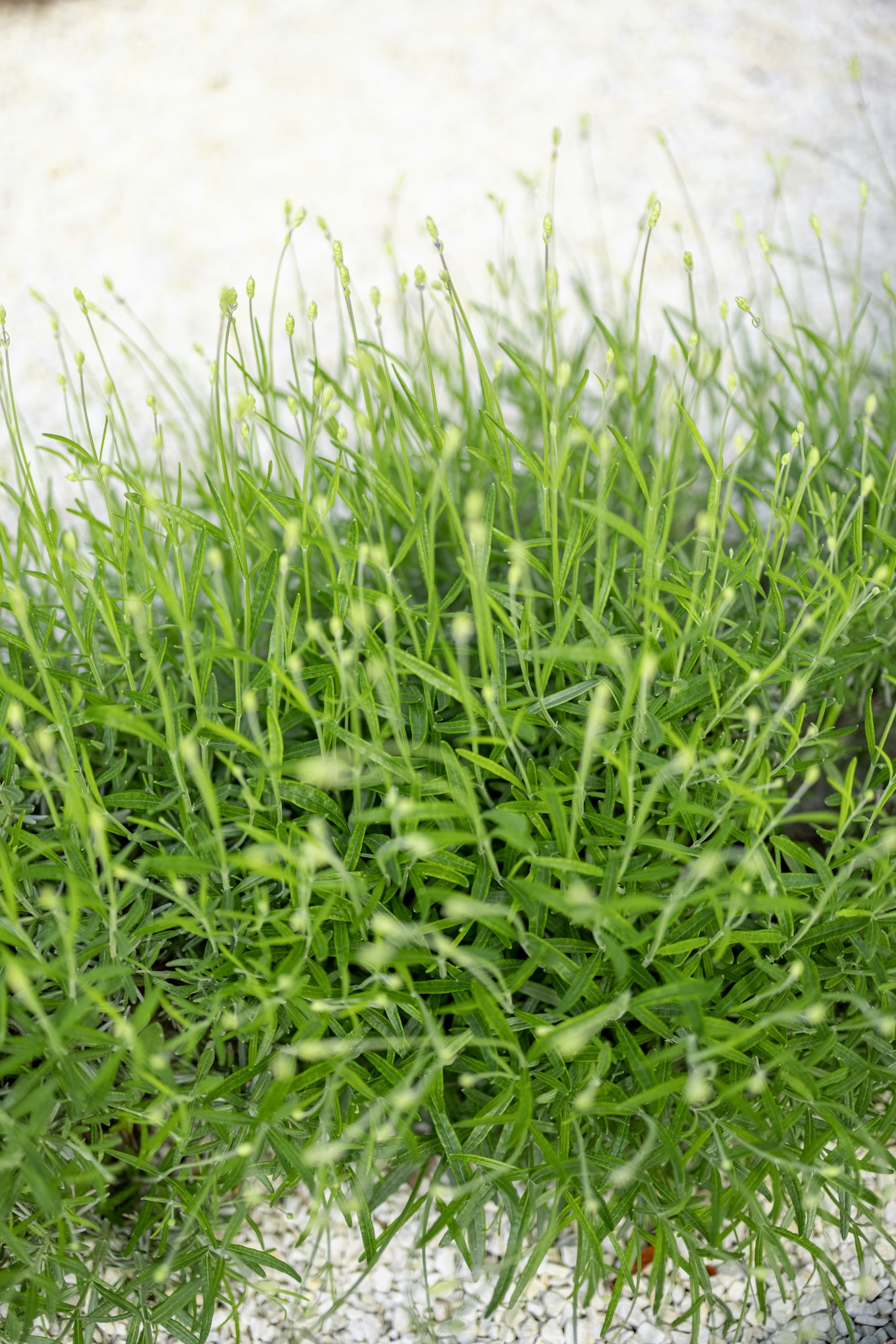
As your lavender seedlings grow, they’ll enter the vegetative stage, focusing on developing strong roots and lush foliage. During this period, your plants will benefit from being gradually acclimated to outdoor conditions if they were started indoors – a process known as hardening off. Lavender prefers well-draining soil and full sunlight (at least 6 hours per day).
Water when the soil feels dry to the touch but before the plant shows signs of stress. A balanced, slow-release fertilizer can support growth, but be careful not to overdo it; lavender thrives in relatively low fertility conditions.
4. Budding Stage
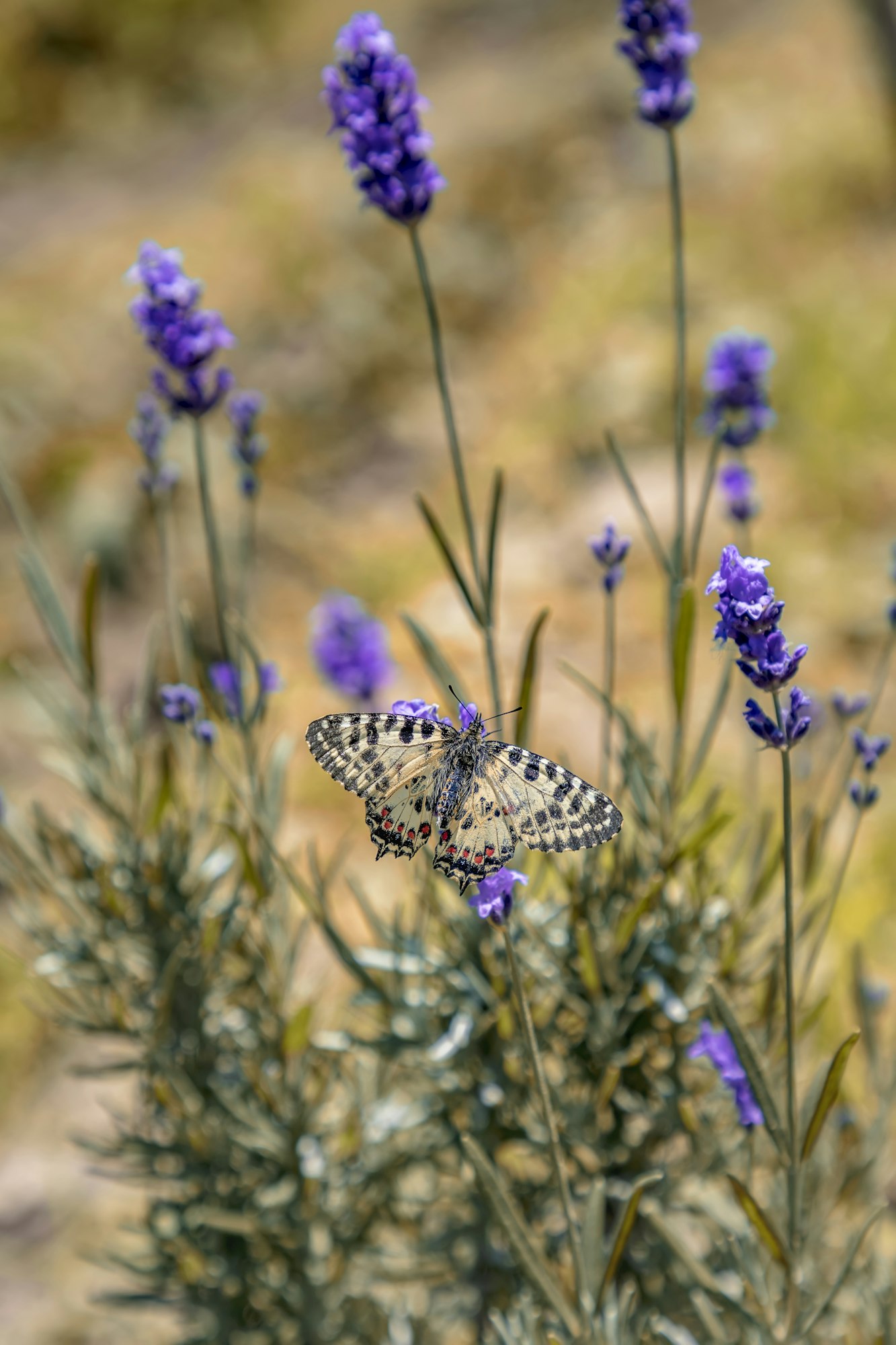
The budding stage signals that your lavender is preparing to bloom. You’ll notice the plant’s energy is directed towards producing buds. This is a sign to possibly reduce watering slightly, as lavender entering bloom prefers a bit drier conditions. Keep an eye out for pests or diseases that could affect the quality of the blooms.
5. Blooming Stage
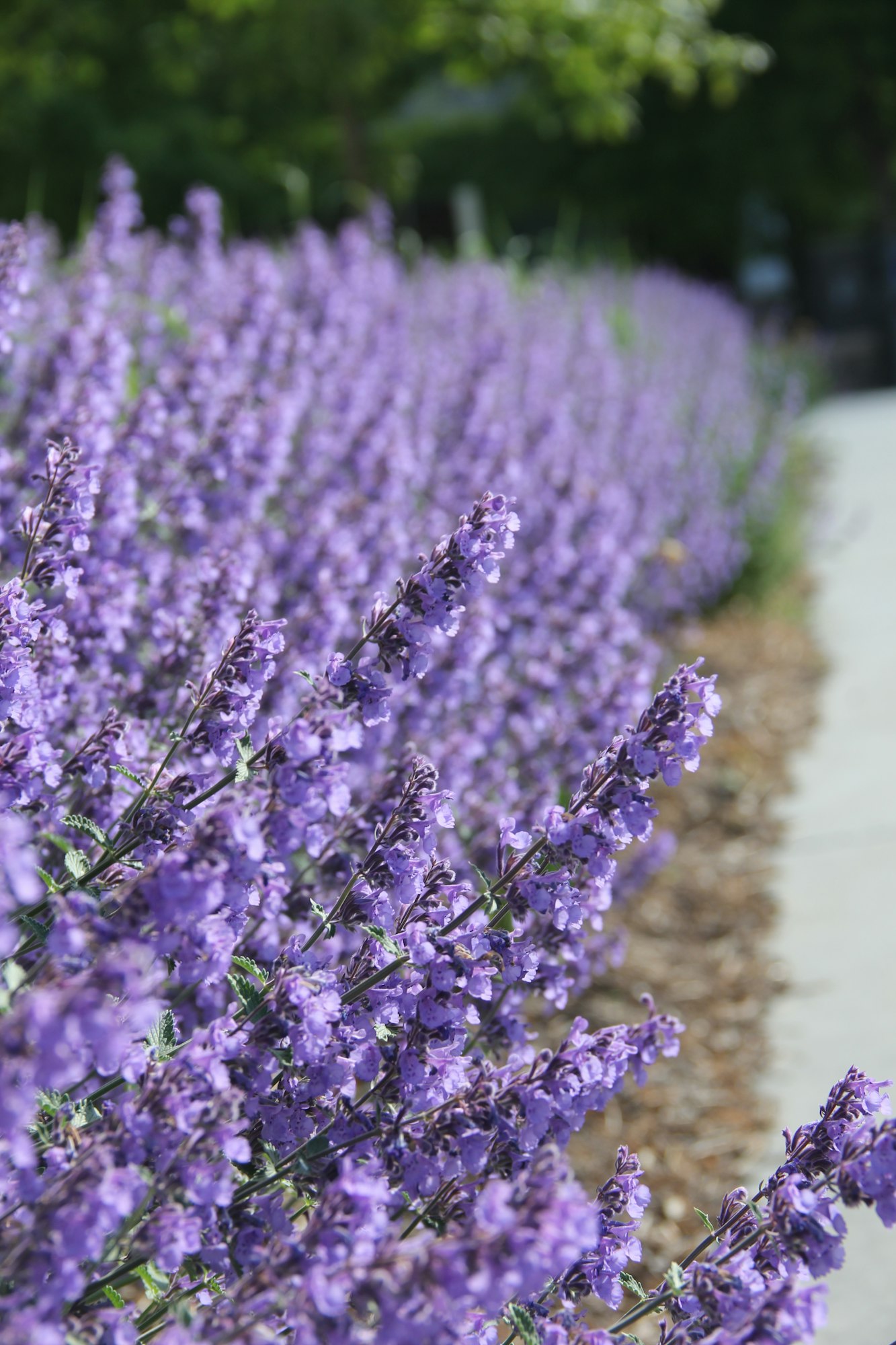
The blooming stage is the highlight of growing lavender. Typically occurring in late spring to early summer, lavender blooms not only add beauty to your garden but also attract pollinators. To extend the blooming period, deadhead spent blooms regularly. This encourages the plant to produce more flowers.
6. Post-Bloom Care and Harvesting
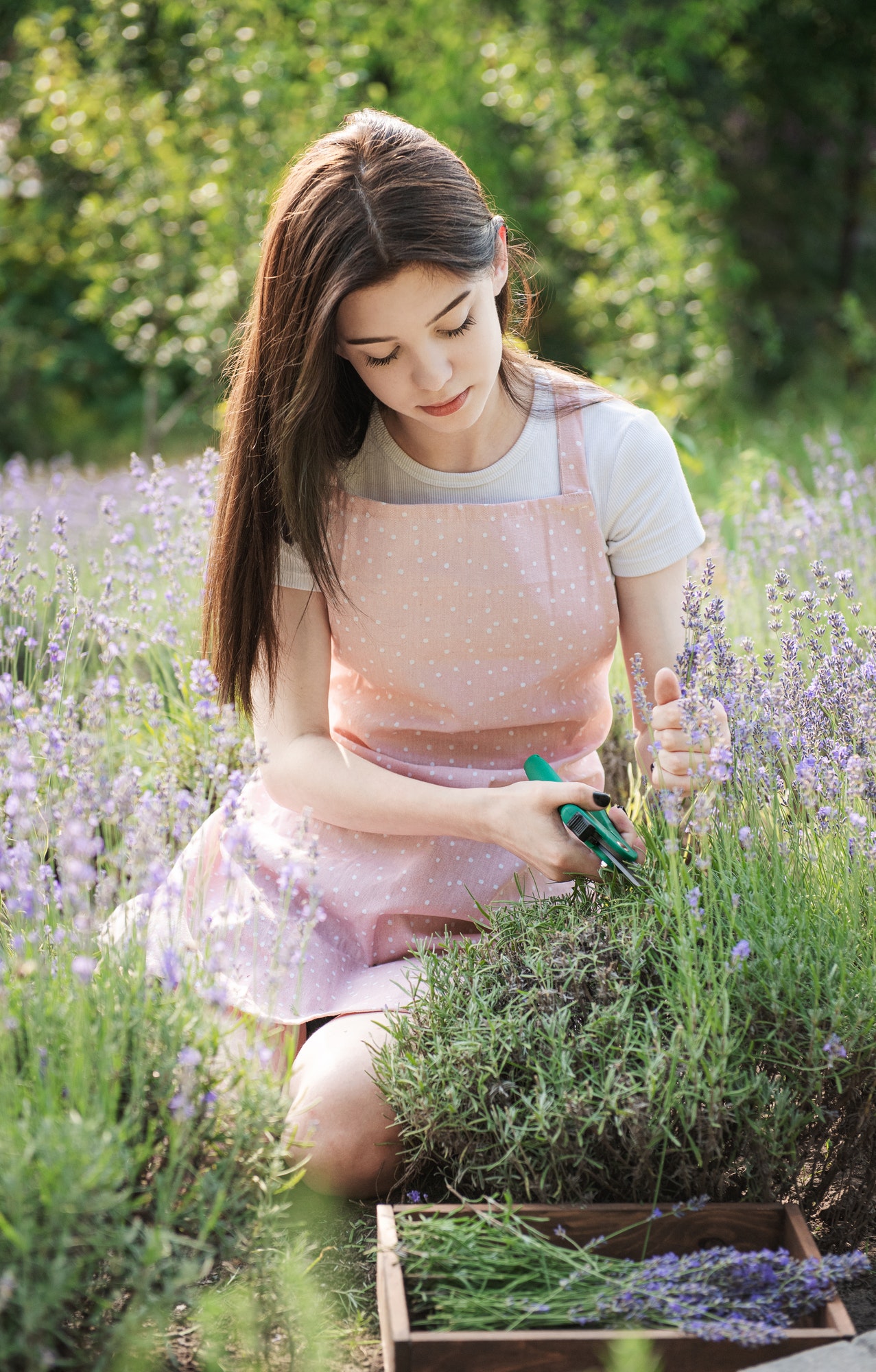
After blooming, it’s essential to give your lavender good post-bloom care. This includes pruning the plants back by about one-third to promote healthy growth and prevent woodiness. If you plan to harvest lavender for bouquets, sachets, or other uses, the best time is when the first few flowers on the stem have just opened. Harvest in the morning after the dew has dried for the best fragrance.
Get Gardening For Beginners
Our new EBOOK shows newcomers and green thumbs alike a step by step guide to growing the garden of their dreams.
Lavender Growth Timeline
Lavender’s journey from planting to blooming is a beautiful process that varies slightly among different varieties. Here’s a general timeline along with factors that could influence the growth rate and bloom time of your lavender plants.
1. Pre-Germination (Preparation)
- Timeframe: 1-2 weeks before planting.
- Activities: Choose your lavender variety, prepare your planting area or containers with well-draining soil, and gather supplies if starting from seed indoors.
2. Germination
- Timeframe: 2-6 weeks.
- Activities: Sow seeds on the soil surface, ensuring they receive plenty of light and maintain a temperature of 70-75°F (21-24°C).
3. Seedling Stage
- Timeframe: 4-8 weeks post-germination.
- Activities: Seedlings develop true leaves and are gradually hardened off before transplanting outdoors.
4. Vegetative Stage
- Timeframe: 2-3 months.
- Activities: Plants focus on root and foliage growth. Regular watering and full sunlight exposure are crucial.
5. Budding Stage
- Timeframe: 1–2 months after vegetative stage.
- Activities: Bud formation begins. Watering may be slightly reduced.
6. Blooming Stage
- Timeframe: Blooming typically starts in late spring to early summer and can last until late summer or early fall, depending on the variety and local climate.
- Activities: Enjoy the blooms, deadhead spent flowers to encourage more blooming, and harvest as desired.
7. Post-Bloom Care
- Timeframe: Late summer or early fall.
- Activities: Pruning and preparing the plant for the next season.
Understanding these factors can help you adjust your care routine to support your lavender through each stage of growth, leading to a successful and fragrant blooming season. Remember, patience and observation are key to growing lavender. Each plant’s journey may vary slightly, but the rewards of fragrant blooms and vibrant greenery are well worth the effort.





